
History
During the Prussian reign ideas of a waterway between the Baltic Sea and the Masurian lakes were formed. The canal had to boast the economics in this region, a new waterway for transport of goods. The goal was a 50 kilometre long canal with multiple locks, bridges and walls between the river Łyna and lake Mamry, one of the Masurian Lakes.
First constructions on Der Mauersee as the Masurian Lake was called in German dates back to the 18th century. The canal was named “the Allenburger Canal” in the plans dated 1849 to 1862. The canal would be 50,2 km long and would cover a height of 111 metres. It was planned for ships with a water displacement of 100 tonnes.


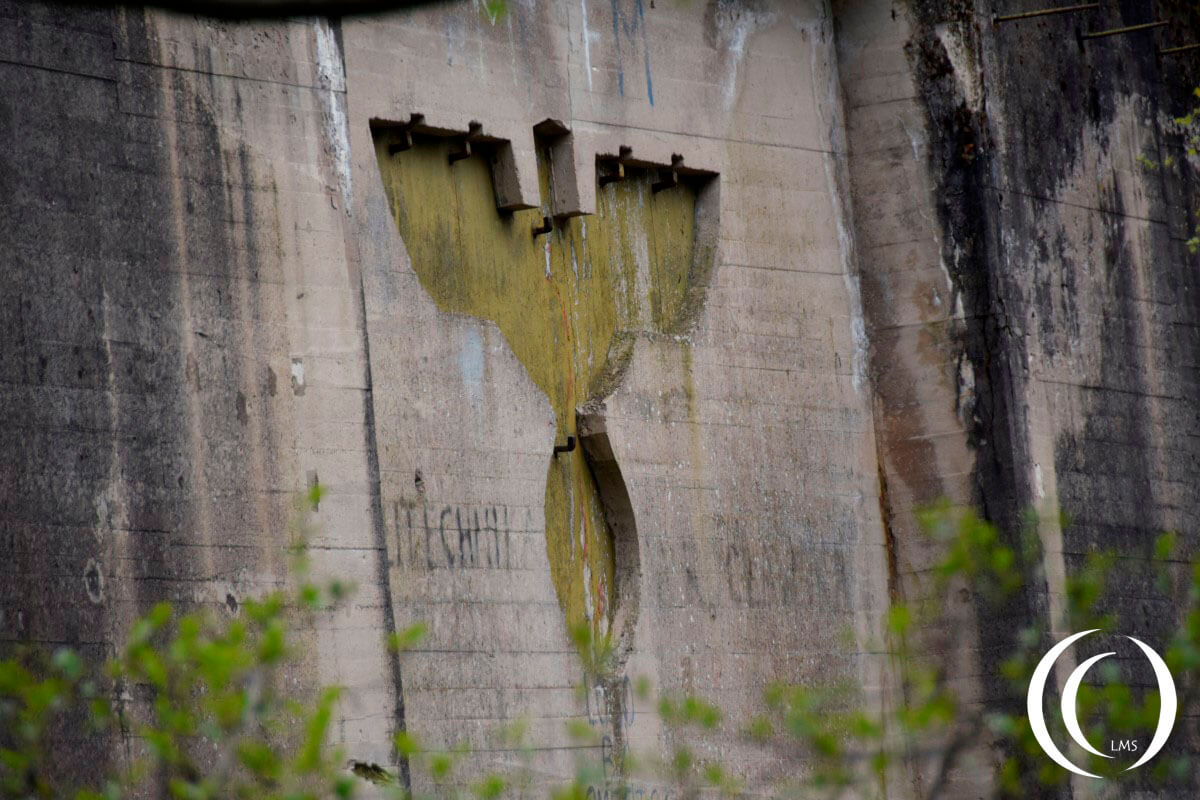
Construction of the first sluice on the river Alle, named “Łyna” nowadays, started in 1910, but construction on the canal stopped as soon as 1914 by the outbreak of World War One. In 1920 construction was picked up again but stopped in 1922 due to financial problems.
When the National Socialist Party came to power, work on the Masurian Canal restarted again, this time not only with German employees but with Forced Labourers as well. A Lager, a labourers camp, was built near Allenburg in 1936 for this project. It was the second largest East Prussian project, only the Reichsautobahn, the Highway, from Berlin to Königsberg, project was bigger.
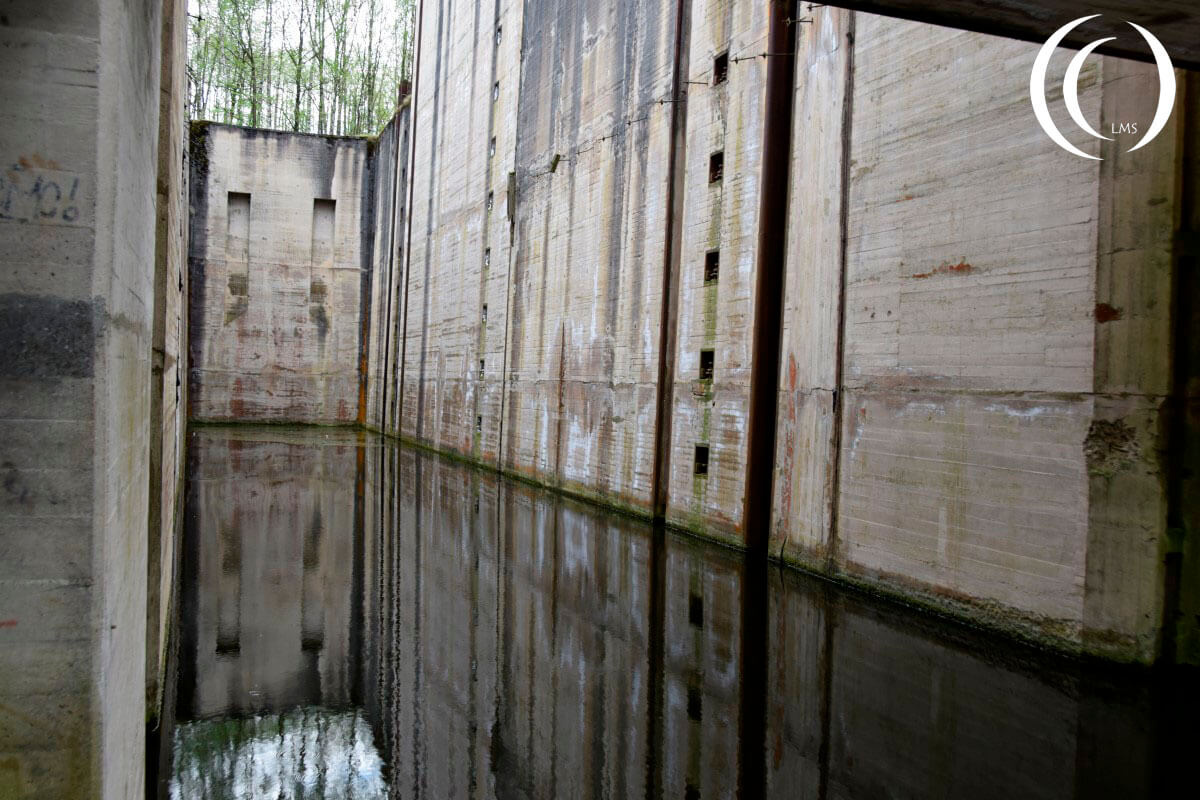

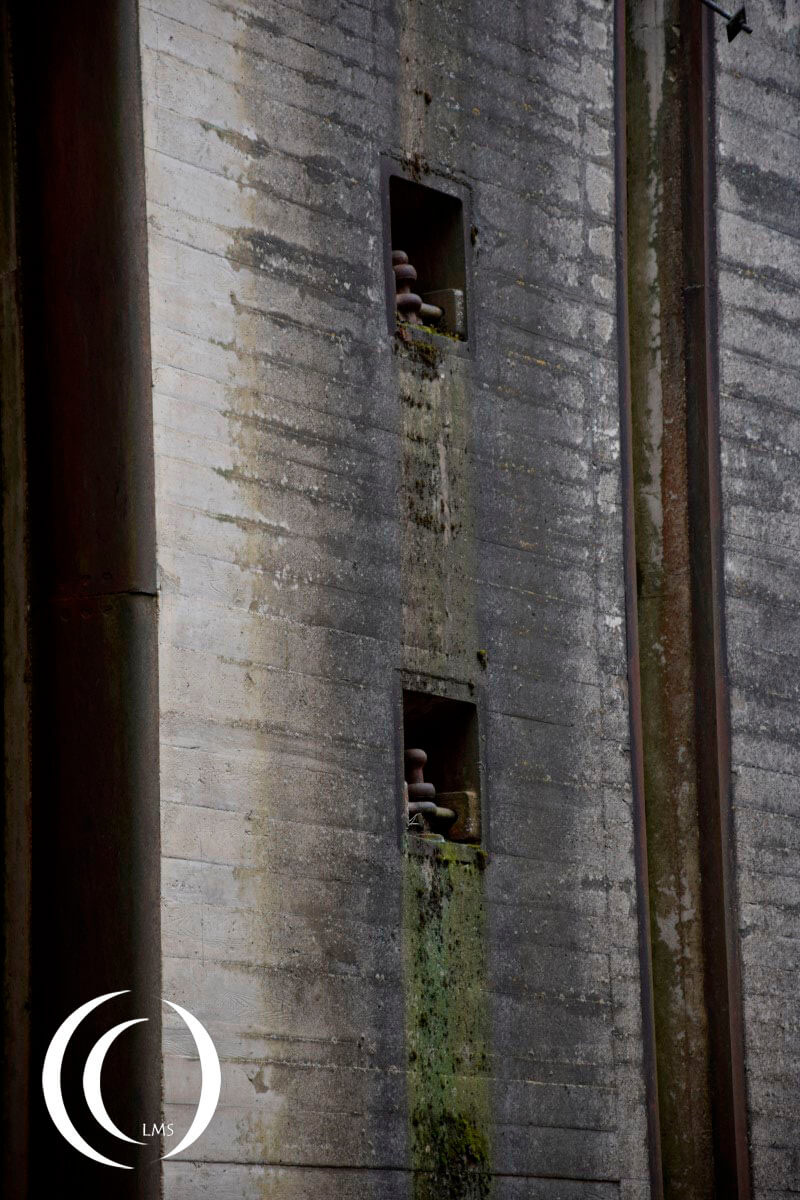
By the outbreak of the Second World War in 1939 construction on the canal stopped again, men and materials were needed to build “The Wolfsschanze”, Adolf Hitler’s headquarters and the OKW, the Ober Kommand of the Wehrmacht. The German High Command used the huge bunkers for the planned invasion of Russia. In 1942 construction started once again on the Masurian Canal, and there were rumours of U-boat transport through the canal when finished. These rumours were never confirmed though. When the Russian Red Army advanced into Prussia civilians and labourers fled and the German Wehrmacht destroyed every bridge on the Masurian Canal. For the last time construction on the canal stopped, never to be picked up again this time.
After World War Two
Until 1947 most of the East Prussian inhabitants had to leave former Germany, the entire country Poland was moved over to the west and Russia invaded Königsberg, renamed it to Kaliningrad. Former Prussians fled as far as Denmark, and lived in secluded camps like the one near Oksbøl.


In total ten locks, 5 in Poland and 5 in Russia were built over a length of over 50 kilometres of canal, 20 kilometres in Poland 30 km in Russia. The Canal was built with a width of 23 metres on the surface, 13 metres at the bottom and a depth between 2,5 and 3 metres and had an overall drop of 111 metres
The locks could transport ships with a width of 7,7 metres, a length of 45 metres and a draught of 2,5 metres. The deviation of the ten locks divers between 5,8 and 17 metres.
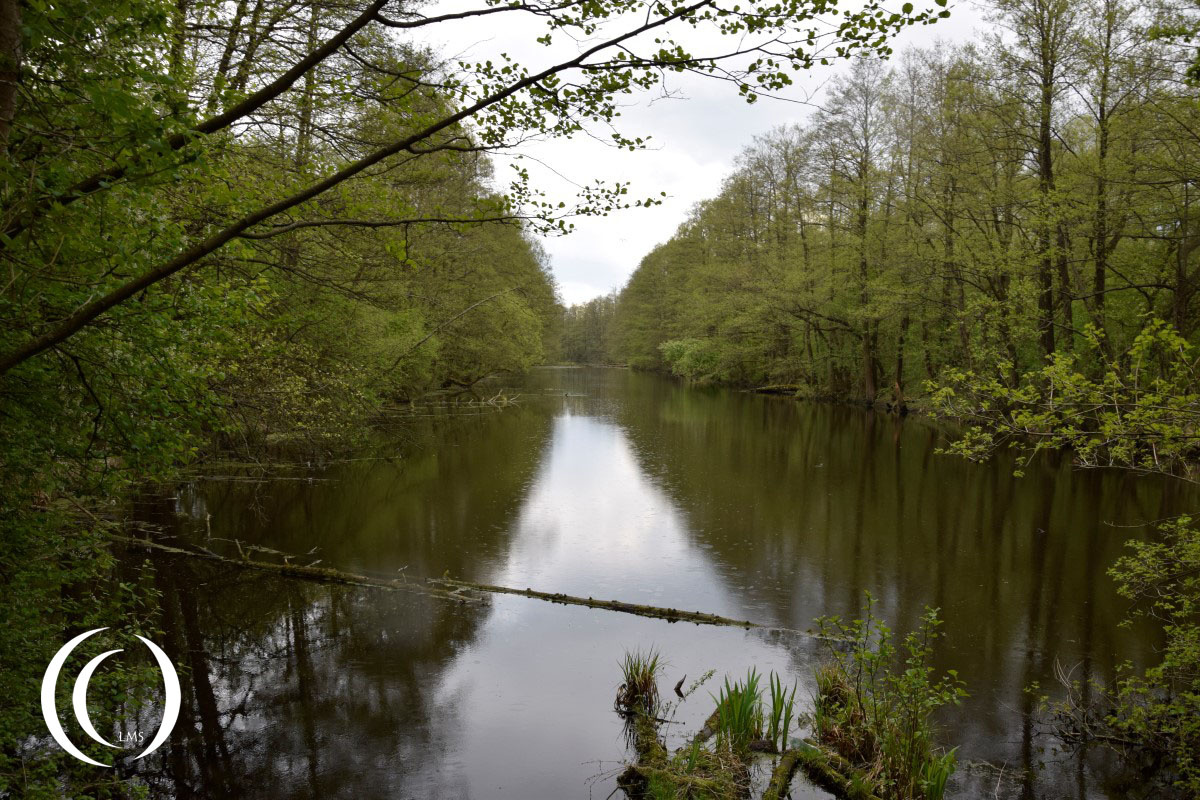
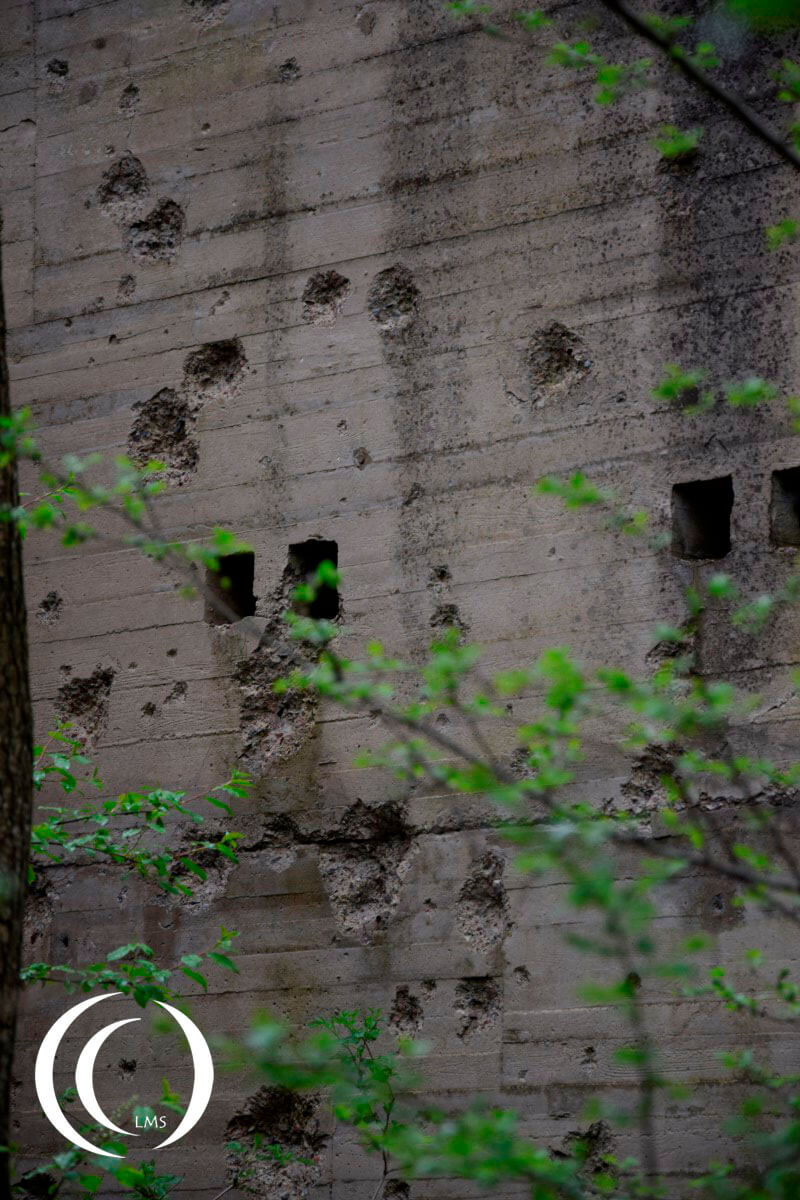
Visit two locks on the MasurIan Canal near Leśniewo
We visited two of the locks in 2018, situated close to each other near the Polish town of Leśniewo. In Prussian times the town was named Fürstenau like the Kanał Mazurski in Polish was called Masuischer Kanal in German.
Unterschleuse Fürstenau – Polish Śluza Leśniewo Dolne, this was the lower situated sluice of the two and the higher Oberschleuse Fürstenau – Polish Śluza Leśniewo Górne.
The lower sluice, Śluza Leśniewo Dolne had a water deviation of 16,2 metres and the higher sluice 17 metres. The higher sluice still wears the outline of the German Eagle as seen on the previous photos.

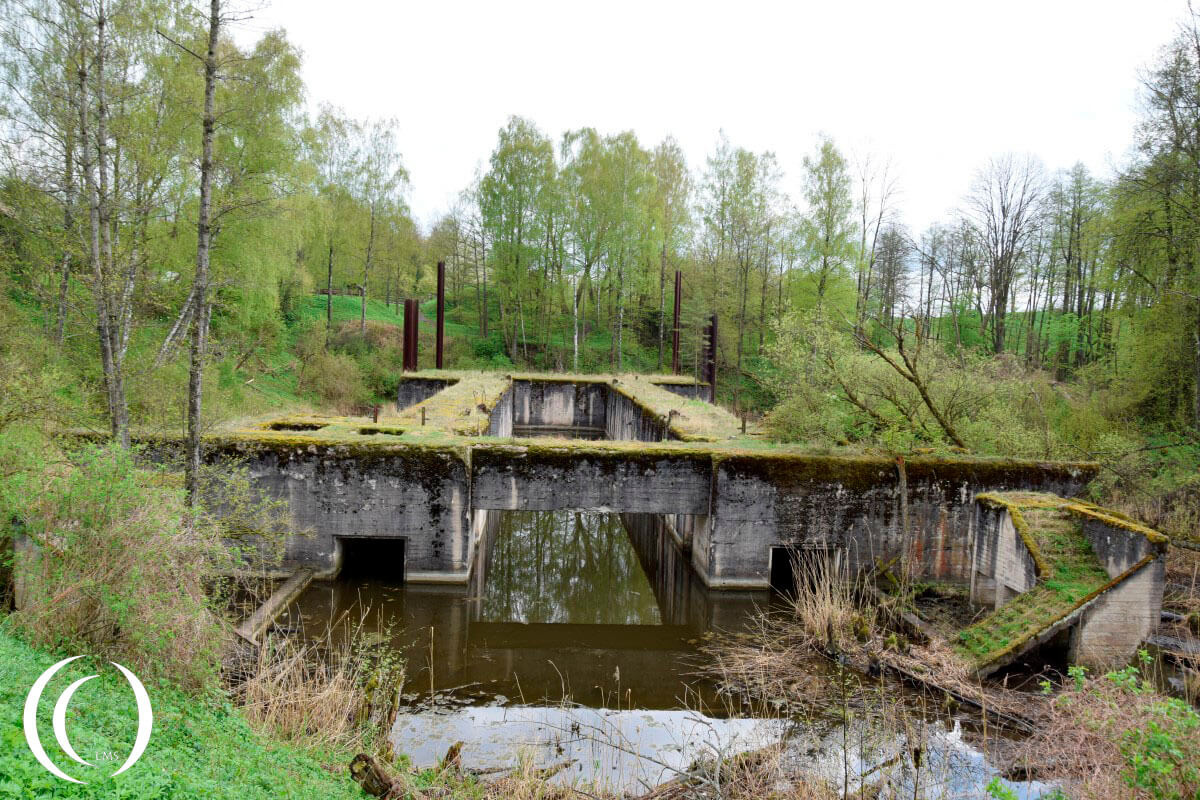
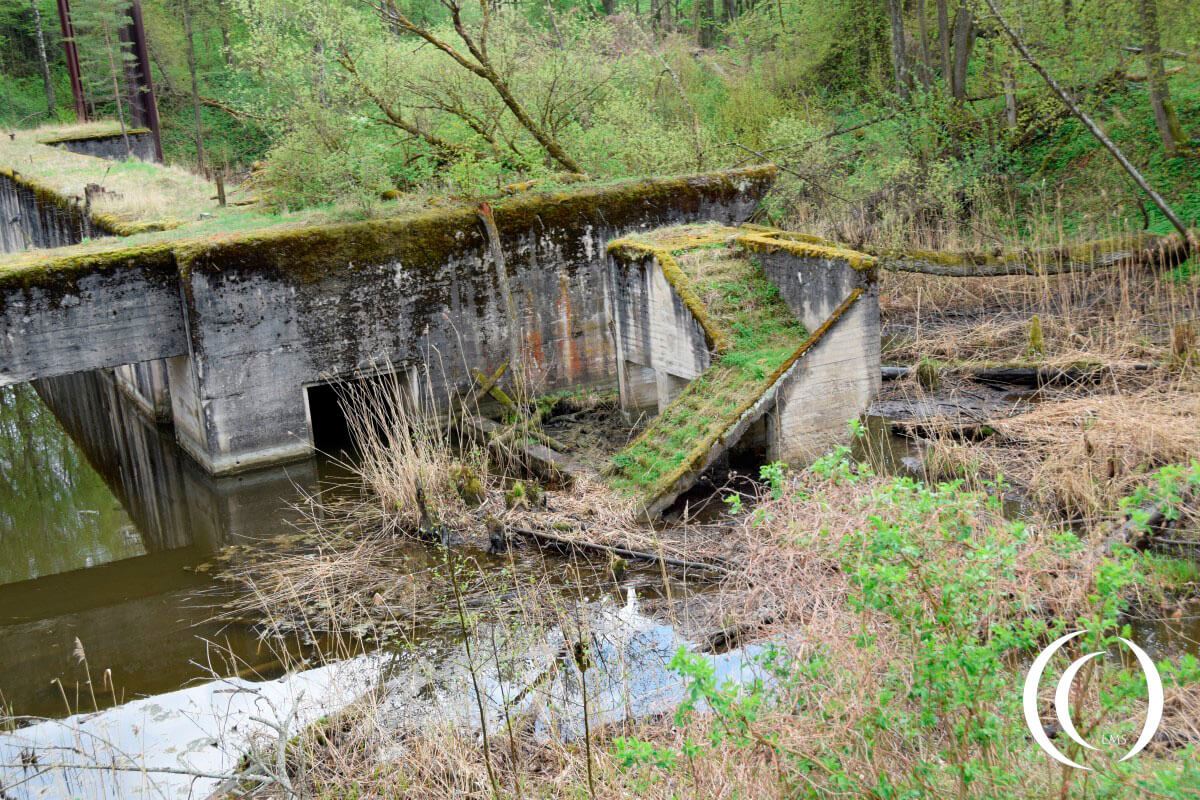
We parked near the lower lock and walked in about 20 minutes to the higher lock. It seems you can climb on it with guides, but on our arrival they were setting up and we could not get on top.